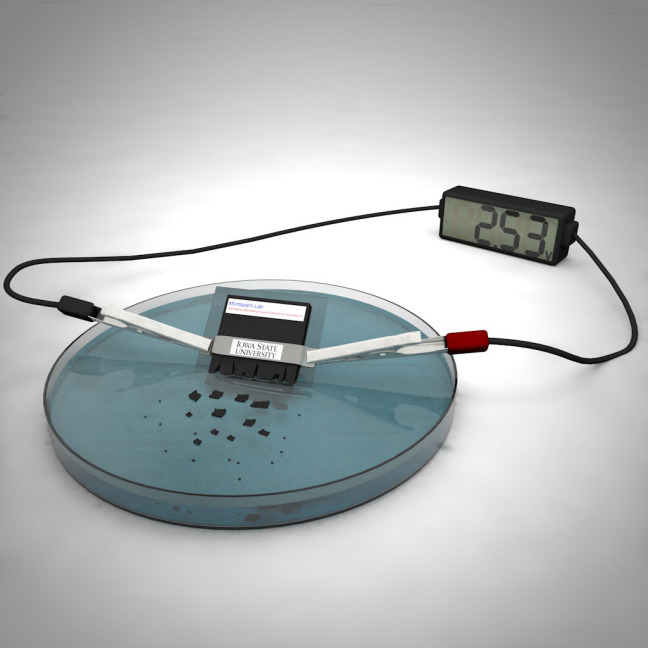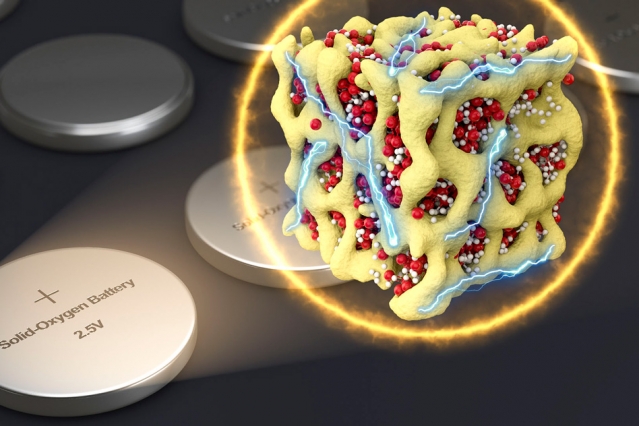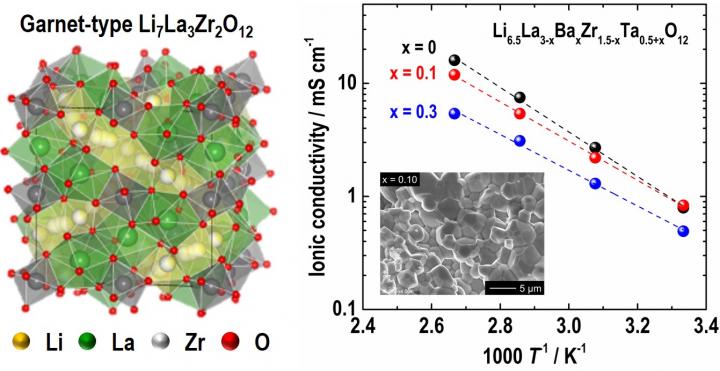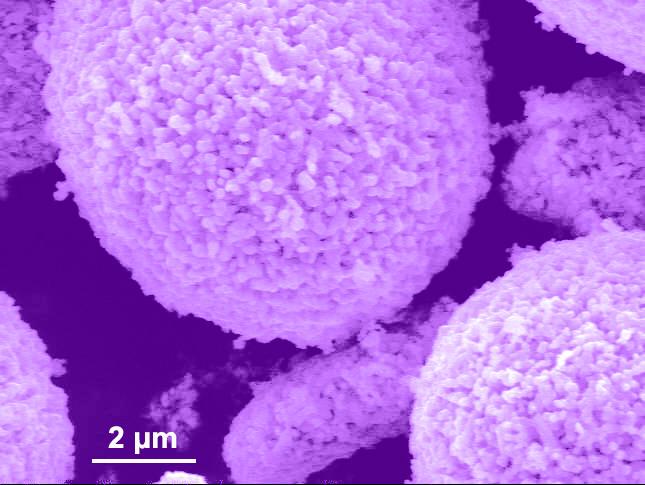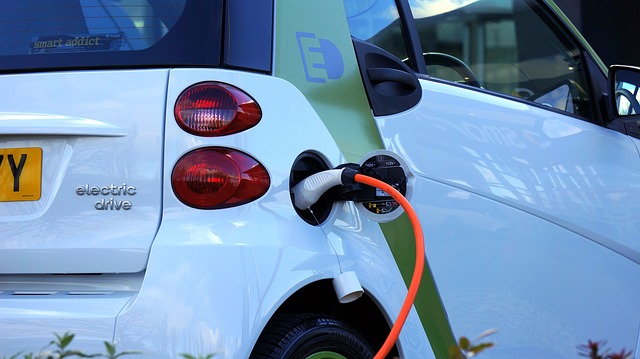
Image: NYU’s Jerschow Lab
Researchers from New York University have developed a new technique to give a highly detailed, 3D look inside a lithium-ion battery.
“One particular challenge we wanted to solve was to make the measurements 3D and sufficiently fast, so that they could be done during the battery charging cycle,” explains Alexej Jerschow, co-author of the study that details the development. “This was made possible by using intrinsic amplification processes, which allow one to measure small features within the cell to diagnose common battery failure mechanisms. We believe these methods could become important techniques for the development of better batteries.”
The look that the researchers offer gives new insight to dendrites – the deposits that build up inside a Li-ion battery that can affect performance and safety. To do this, the team used MRI technology to focus the image and took an additional step to improve image quality.


